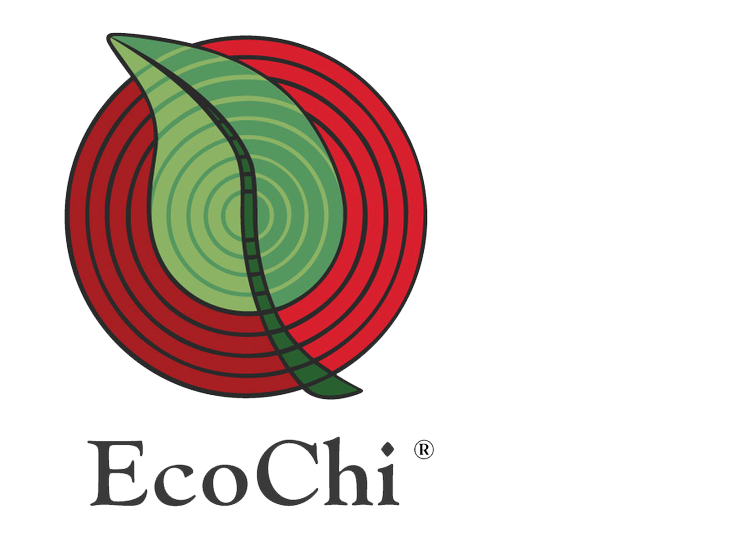A Responsibility To Awe
An EcoChi Vital Abstract
This book review of “A Responsibility to Awe”, by Rebecca Elson (2001 Oxford Poets/Carcanet Press) was published January 07, 2002 by telecommunication systems design consultant and poet, Peter Howard, Physics World.
There has been much interest recently in collaborations between art and science. One difficulty with such ventures is that you have to bring together scientists who understand and appreciate art, and artists who understand science. This isn’t always easy to achieve. Rebecca Elson, who died in 1999, would have been ideal for such a venture. She was both a successful astronomer and a fine poet, as this remarkable book, which brings together both her science and her art, makes clear. Elson was born in Montreal in 1960, the daughter of a geologist father. Her interest in poetry began as a child, although it was not until 1987 that her first poems were published. At university she studied physics, obtaining an MSc from the University of British Columbia and then a PhD from the Institute of Astronomy at Cambridge University. Her research focused in the main on stellar populations and star clusters in different environments. Elson’s concern was always to ground her scientific work in human terms. This cannot have been easy when studying the most distant globular cluster system ever observed. As she writes in an essay reprinted in the book: “There are times when the enterprise seems mechanical…and the mysteries of the Universe seem irrelevant to the lives we humans live down here.” But time and again you can see her making connections between the physical and the moral, the universal and the human. Many of her poems relate science to the human scale, which often results in beautiful metaphors of scientific concepts. In the poem Explaining Relativity, for example, she gives about as good an explanation of general relativity as one could hope for in three lines:
It’s so much more a thing of pliancy, persuasion,
Where space might cup itself around a planet
Like your palm around a stone
Not all the poems are concerned with science. From one perspective, Elson was a person who just happened to do science. Her poems reflect her concerns, which happened to include science. But there are also poems about nuns bathing, hanging out her husband’s boxer shorts to dry, and a reunion in which family members are portrayed as boats. There is a hilarious poem about kitchen appliances, followed by a reflection on the mice that researchers use to study the cancer from which she ultimately died. By mixing her science poems with those of a more general nature, Elson makes them seem less specifically “scientific” and more just part of her concerns as a human being. This makes them less frightening and easier to approach for readers without a scientific background.
Copyright © 2019 EcoChi, LLC. All rights reserved.




